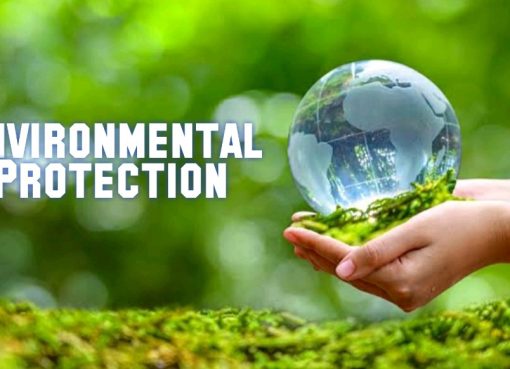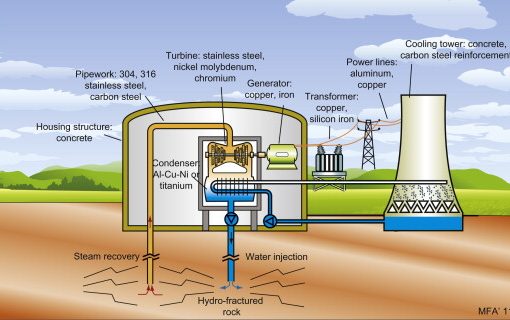The Green Revolution: Exploring Sustainable Power Solutions

Sustainable power, often referred to as renewable energy, is a vital aspect of transitioning towards a cleaner and greener future. As the world grapples with the challenges of climate change and environmental degradation, the importance of adopting sustainable power sources becomes increasingly apparent.
Introduction to Sustainable Power
Sustainable power encompasses energy sources that are replenishable and environmentally friendly. Unlike fossil fuels, which deplete finite resources and contribute to pollution, sustainable power relies on natural processes that can be continuously replenished. This article explores the various types of sustainable power, their environmental and economic benefits, as well as the challenges and solutions associated with their adoption.
Types of Sustainable Power Sources
Solar Energy
Solar energy harnesses the power of the sun through photovoltaic cells or solar thermal systems. It is abundant, renewable, and emits no greenhouse gases during operation.
Wind Power
Wind power utilizes wind turbines to convert kinetic energy from the wind into electricity. Wind farms are increasingly common in many parts of the world, providing a clean and sustainable source of power.
Hydroelectric Power
Hydroelectric power relies on the gravitational force of flowing or falling water to generate electricity. It is one of the oldest and most widely used forms of renewable energy.
Biomass Energy
Biomass energy utilizes organic materials such as wood, crop residues, and animal waste to produce heat or electricity. It offers a renewable alternative to fossil fuels and helps reduce waste through biomass conversion.
Geothermal Energy
Geothermal energy taps into the Earth’s heat to generate electricity or provide heating and cooling solutions. It is a reliable and sustainable source of power, particularly in areas with high geothermal activity.
Environmental Benefits of Sustainable Power
Reduced Greenhouse Gas Emissions
One of the primary benefits of sustainable power is its minimal impact on the environment. Unlike fossil fuels, which release carbon dioxide and other pollutants when burned, sustainable power sources produce little to no greenhouse gas emissions during operation.
Preservation of Natural Resources
By relying on renewable energy sources such as sunlight, wind, and water, sustainable power helps conserve finite resources like coal, oil, and natural gas. This preservation of natural resources is crucial for ensuring long-term environmental sustainability.
Mitigation of Climate Change
The widespread adoption of sustainable power plays a critical role in mitigating climate change by reducing our reliance on fossil fuels and decreasing overall carbon emissions. Transitioning to clean energy sources is essential for stabilizing the Earth’s climate and preventing further global warming.
Economic Advantages of Sustainable Power
Job Creation
The renewable energy sector is a significant source of job creation, providing employment opportunities in manufacturing, installation, maintenance, and research and development. Investments in power projects stimulate economic growth and support local communities.
Energy Independence
Sustainable reduces dependence on imported fossil fuels, enhancing energy security and resilience. By diversifying energy sources and promoting domestic production, countries can reduce their vulnerability to geopolitical tensions and fluctuations in global energy markets.
Cost Savings
While the initial investment costs of power infrastructure may be higher than traditional energy sources, the long-term operational costs are often lower. Renewable energy technologies benefit from free and abundant fuel sources, resulting in cost savings over the lifetime of the system.
Challenges and Solutions in Sustainable Power Adoption
Intermittency Issues
One of the primary challenges of renewable energy sources like solar and wind is their intermittency. Energy production may fluctuate based on weather conditions, requiring efficient energy storage and grid integration solutions to ensure a reliable power supply.
Grid Integration
Integrating renewable energy into existing power grids presents technical and logistical challenges. Upgrading infrastructure, implementing smart grid technologies, and optimizing energy management systems are essential for accommodating variable renewable energy sources.
Technological Advancements
Continued innovation and research are necessary to overcome technical limitations and improve the efficiency and reliability of power technologies. Advances in energy storage, grid management, and renewable energy conversion methods will drive the widespread adoption of power.
The Future of Sustainable Power
Innovation and Research
Ongoing research and development efforts are focused on improving the performance and affordability of power technologies. Breakthroughs in energy storage, grid flexibility, and renewable energy generation will shape the future of power.
Policy and Regulatory Support
Government policies and regulations play a crucial role in promoting the adoption of sustainable and incentivizing investment in renewable energy projects. Supportive policies such as renewable energy mandates, tax incentives, and carbon pricing mechanisms create a favourable environment for power development.
Conclusion
Sustainability holds immense potential to address the dual challenges of climate change and energy security. By harnessing renewable energy sources such as solar, wind, hydro, biomass, and geothermal, we can build a more sustainable and resilient energy future for generations to come.



Leave a Comment